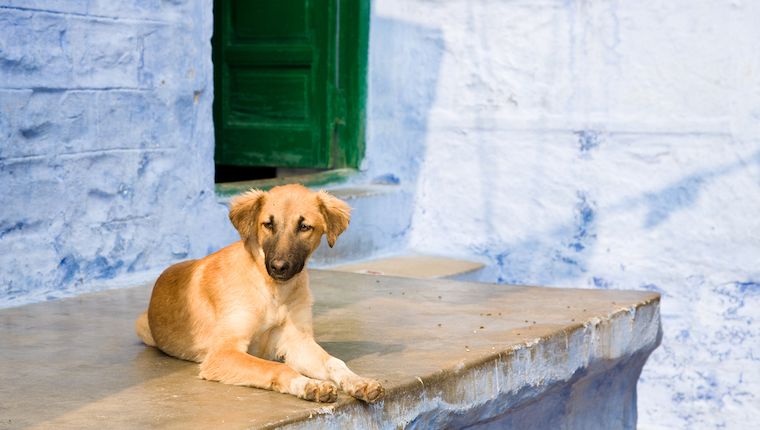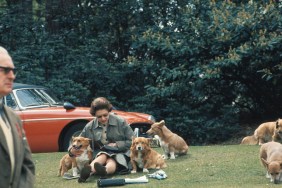For domesticated dogs, life consists of chasing balls, waiting for the next meal, and a lot of resting. But for the native dogs of India, things are drastically different. A recent article in JSTOR chronicled the journey of three biologists as they set out to uncover the realities of life for these native dogs.







